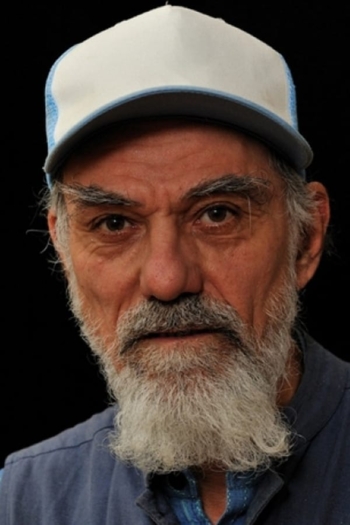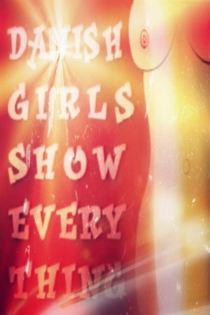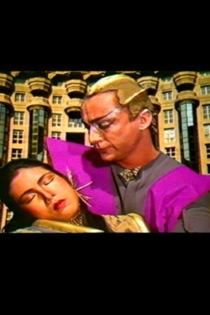
Gusztáv Hámos
1955 (70 лет)Danske piger viser alt
Dušan Makavejev, Ane Mette Ruge
Judi Martin Clark, Lis Dam
Despite its suggestive title, this multi-part Danish omnibus film is not a work of exploitation. Instead, it presents 20 different short films (back-to-back) on the general theme of Danish women, directed by filmmakers including Krzysztof Zanussi, Monika Treut, Gustav Hamos, David Blair, Vibeke Vogel, Dusan Makavejev, Morten Skallerud and Lars Norgaard. Some dramatic vignettes mix with other comedic ones, but all are offbeat and experimental. The picture includes one animated sequence (by Norgaard).
Danish Girls Show Everything

Der Unbesiegbare
Gusztáv Hámos
Udo Kier, Kurt von Ruffin
Hámos' fascination with the cultural mythology of the hero culminates in this witty, elaborately crafted drama, which was produced for European television. Hámos intercuts two parallel narratives to tell his story: a cartoonish, campy science fiction adventure, shot on video; and an elegant, cinematic political thriller, shot on film. Hámos blends the two genres into a tragicomic tale of the role of heroes, their immortality, and the catharsis of a heroic death. The science fiction melodrama features a comic book superhero, Hurry Cane, who saves the earth from the evil Emperor Argon; in the film noir, hired killers have a contract out on the hero Cane. Hámos' analysis of the myth of the hero is articulated in his collusion of the two stylized dramas and their contrasting representational modes..
Der Unbesiegbare

Fiasko
Janet Riedel, Gusztáv Hámos
"The photonovel FIASKO is based on and named after Kertész’ novel. He describes his absurd attempt of a new beginning – after Auschwitz and Buchenwald – in the Budapest of the Stalin area. Our photonovel transfers Kertész’ literary method into a visual language: the joining of fragmentary elements of the past and of the present, finding a trace that links experience and remembrance. From 2008 to 2010 approximately 800 colored medium-format photos were taken. The sequential photos have been taken on the original locations. The remainders of the past systems are rendered via multiple exposures, pictures shown in their ambivalence, mirroring etc. The literary text and the photographies remain independent from one another, however they enter into a dialog and open up space for associations. The course of movement caused by the juxtaposition of multiple still images is continued when one turns the pages (see chronophotography)."
Fiasko

Hidden Cities
Gusztáv Hámos, Katja Pratschke
Ulrich Matthes
"The theme of the film HIDDEN CITIES is personal urban perceptions, which we call 'the city'. The city, as a living organism, reflecting social processes and interactions, economic relations, political conditions and private matters. In the city, human memories, desires and tragedies find expression in the form of designations and marks engraved in house walls and paving slabs. But what the city really is under this thick layer of signs, what it contains or conceals, is what we are researching in the HIDDEN CITIES project. The source material for the film are 9 sequential photo works created by Gusztáv Hámos between 1975 and 2010. Each of these 'city perceptions' depicts essential situations of urban experiences containing human and inhuman acts in a compact form. The cities in which the photo sequences have been made are Berlin, Budapest and New York – places with a traumatised past: Wars, dictatorships, terrorist catastrophes."
Hidden Cities

Cities (Territories & Occupations)
Gusztáv Hámos, Katja Pratschke
Matthew Burton
Cities (Territories & Occupation) thematize "the city" divided into districts, neighborhoods, zones and domains, marked by inner-city borderlines. The film investigates how cities emerge and change through migration, decay, destruction, demolition, relocation, displacement.
Cities (Territories & Occupations)
